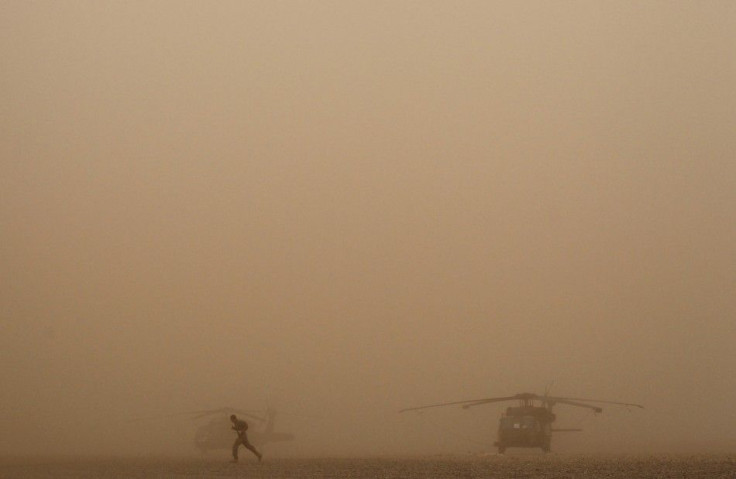Unusual Respiratory Disease Found in U.S. Soldiers: Investigators

Thirty-eight soldiers that were deployed to the Middle East were diagnosed with constrictive bronchiolitis, an extremely rare respiratory disease in healthy young people, investigators said.
Mean maximal oxygen consumption and anaerobic threshold was disturbingly lower in these soldiers compared to a group of historical controls, said Robert F. Miller, MD, of Vanderbilt University in Nashville. Anaerobic threshold was 45 percent of predicted value.
Miller studied 80 soldiers who returned from Iraq or Afghanistan with symptoms of exertional dyspnea between 2004 and 2009. Forty-nine was given thoracoscopic lung biopsies and pulmonary and cardiac function testing and CT imaging.
Constrictive bronchiolitis is a narrowing of the luminal wall that is commonly associated with subepithelial fibrosis or hypertrophy of the bronchiolar smooth muscle.
Alarmingly, thirty-eight of these soldiers showed evidence of constrictive bronchiolitis.
The median age of the afflicted soldiers was 33 and 35 of them were men. Only seven of the soliders were current smokers and 25 had never had a cigarette. Twenty-eight had been exposed to smoke from a fire in a sulfur mine in northern Iraq and the smoke was found to have up to 125 per million of toxic sulfur dioxide.
In this group, 28 had been exposed to smoke from a fire in a sulfur mine in northern Iraq, and the smoke contained levels up to 125 parts per million of toxic sulfur dioxide.
Significant abnormities were found in pulmonary function testing as well as exercise testing.
A 2010 follow-up found that 50 percent of the soldiers were given a disability rating.
Researches said that they originally thought that the mass illness was due to exposure to the fire in the mine but the same problem was later found in soldiers who had been exposed to waste incineration pits and massive dust storms.
© Copyright IBTimes 2024. All rights reserved.





















